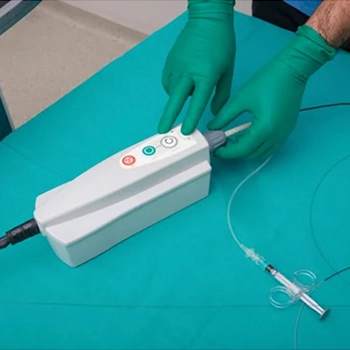
Unveiling the Road to Recovery: Life After an Angioplasty Procedure
Life After an Angioplasty Procedure
25 August 2023
But what happens after an angioplasty procedure? Here, we’ll take a closer look at what you can expect.
Immediately after the procedure, you will be moved to a recovery room, where you get monitored closely for several hours. Your heart rate, blood pressure, and other vital signs will be checked frequently to ensure stability. Medications can also be given to help prevent blood clots or reduce the risk of infection. Your doctor or nurse will provide specific instructions on caring for yourself during this time, including when you can eat and drink, get out of bed, and go home.
Patients can usually go home on the same day as their angioplasty procedure. However, some patients may need to stay in the hospital overnight for observation. If you remain in the hospital, you will be moved to a regular hospital room where you will continue to be monitored. You may be given additional medications to manage your symptoms or prevent complications. Your doctor will discuss your discharge plan with you and provide specific instructions on caring for yourself at home.
In the weeks and months following your angioplasty procedure, you may experience some mild discomfort or soreness around the site where the catheter was inserted. This is normal and should go away within a few days. You may also notice bruising or discoloration around the site. It is also normal and goes away within a week or two.
Paying close attention to your body after an angioplasty procedure is important. Visit the doctor immediately if you experience any unusual symptoms, such as chest pain, shortness of breath, or swelling in your legs or feet does not happen in a normal case. These can be signs of a complication, such as a blood clot or infection, and may require prompt medical attention.
Conclusion
Angioplasty is a safe and effective procedure that can help improve blood flow to the heart and relieve symptoms of coronary artery disease. After the procedure, patients can expect to be monitored closely for several hours and may need to stay in the hospital overnight for observation. Once home, following your doctor’s instructions carefully is important, as taking prescribed medications as directed and making lifestyle changes as recommended. With proper care and attention, patients can recover quickly and return to normal activities with improved heart health.
References:
1. https://cardiologypune.com/angioplasty-and-after/
2. https://www.amrihospitals.in/blog/facts-and-myths-about-angioplasty-recovery/
3. https://indianexpress.com/article/lifestyle/health/quality-of-life-cardiac-event-patient-exercising-stent-angioplasty-8349313/
4. https://www.merillife.com/blog/medtech/8-lifestyle-changes-to-be-adopted-after-angioplasty/
Disclaimer: The information presented by Boston Scientific India is for educational purposes only and does not recommend self-management of health issues. The information should not be treated as comprehensive and does not intend to provide diagnosis, treatment or any medical advice. Individual results may vary and hence, it is advisable to consult your doctor regarding any medical or health related diagnosis or treatment options.
IC-1659104AB-0823
Related Articles
Tags
Heart Attack | Angioplasty | Medications | Catheter | Lifestyle | Angioplasty Procedure






